Many think of navigation when they consider the Global Positioning System (GPS) — turn-by-turn directions beamed effortlessly to their cellphones, for example. However, the first use for GPS satellites — and still the most common use today — has more to do with timing than location.
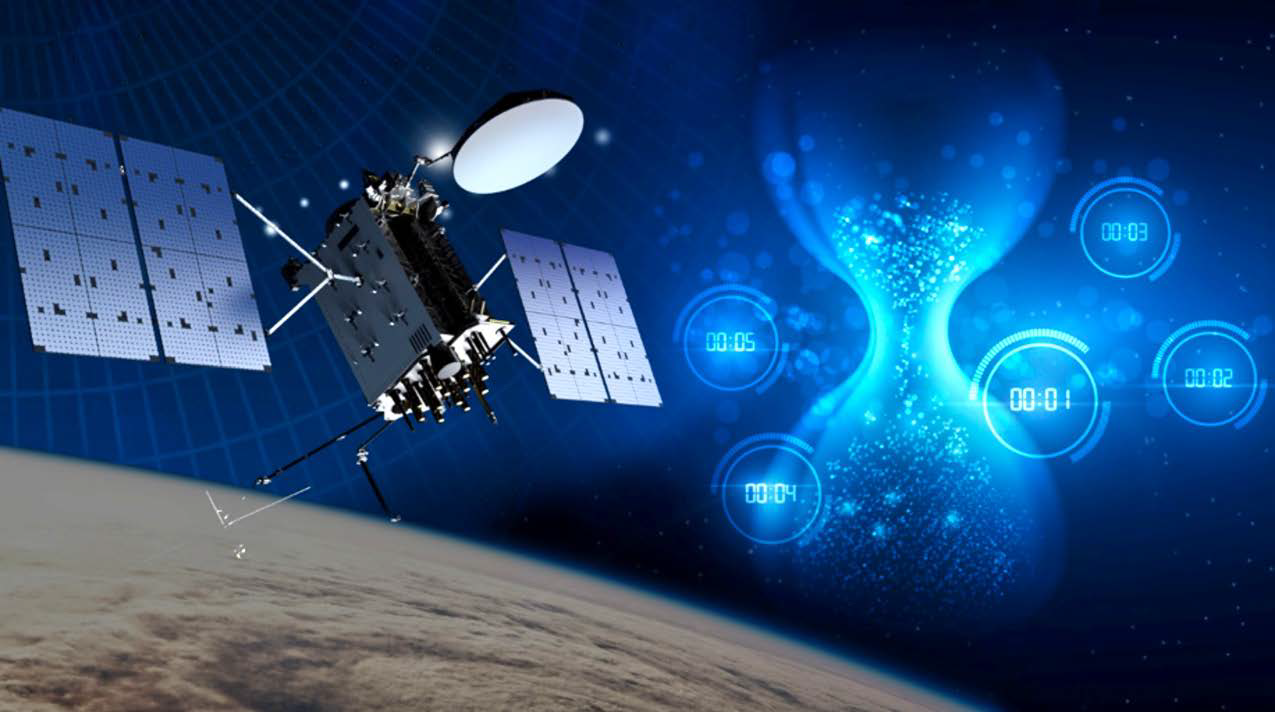
GPS is a constellation of orbiting satellites that provides position, navigation, and timing (PNT) data to military and civilian users across the globe. The system is operated and controlled by Space Delta 8, a component of U.S. Space Force, headquartered at Schriever Space Force Base, Colorado.
“GPS can’t operate without precise time, and it provides precise time to everyone in the world,” said Ed Powers, a senior engineer with The Aerospace Corporation, a federally funded research and development center committed exclusively to the space enterprise.

Ed Powers
Powers spent 20 years working as the manager of the GPS timing interface to the U.S. Naval Observatory and worked on many studies on GPS timing use cases. During his 32 years of government service, he also spent time supporting the GPS SV (space vehicle) clock development and its associated timekeeping system while at the U.S. Navy Research Laboratory (NRL) and the U.S. Naval Observatory.
“The U.S. Department of Homeland Security has done studies of the 16 critical infrastructure sectors in the United States — and the majority of them are dependent on GPS in some way, shape or form,” Powers said. “Most of them are actually dependent not on positioning, but for timing. The power grid, communications, banking, and finance are three that come to mind immediately.”
December 17th marked the 50th anniversary of the Defense Systems Acquisition Review Council (DSARC) granting the U.S. Air Force approval to proceed with the development of the Navstar Global Positioning System (GPS). The constellation of satellites reached initial operational capacity 30 years ago, on December 9, 1993.
“GPS operates with a network of atomic clocks on the satellites in space, and keeping those clocks synchronized to a common time reference allows it to be used as a ranging source,” Powers said. “And that’s how everybody’s GPS receiver operates: they use those precise atomic clocks on board the satellite — they’re stable to a single nanosecond over the course of a few hours and a few nanoseconds over the course of the day.”
The GPS satellites send data via radio frequency to receivers on the ground that can then compute the locations of the satellites and the precise time the signals were sent, making adjustments for delays caused by the atmosphere and other phenomena, Powers said.
So useful is this data that other nations are starting to build out their own global or regional systems, including GLONASS (Russia), Galileo (European Union), Beidou (China), QZSS (Japan) and IRNSS (India). Of these, the U.S. GPS system is widely considered to be the Gold Standard.
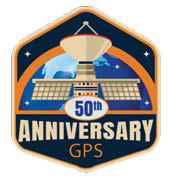
Modernizing GPS to make it work better in times of peace and to ensure its resilience in times of conflict is the responsibility of the U.S. Space Force’s Space Systems Command (SSC).
Col. Matthew L. Spencer, commander of SSC’s newly established Positioning, Navigation, and Timing Systems Delta, said the delta is working to bring on next-generation capability for GPS, including updates to provide better jamming and spoofing resistance, “but more importantly, to have that position be assured, so that the operator out in the field can be assured that they’re not being either spoofed or jammed.”
Timekeeping has always been critical for national defense, and it’s not surprising that GPS started out as a military technology, proving particularly effective during Operation Desert Storm, where it enabled U.S. coalition forces to out-navigate the enemy and fire with pin-point precision.
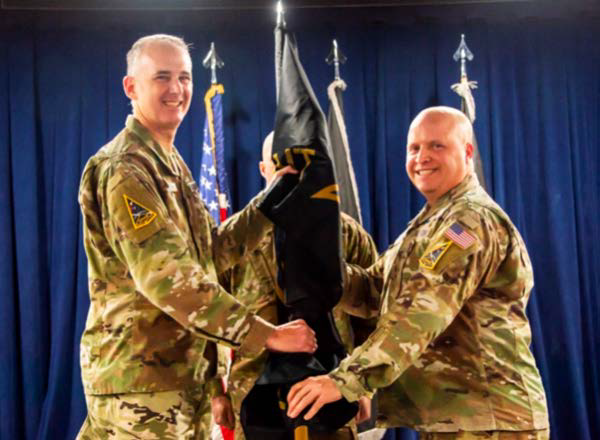
Col. Matthew Spencer (right) assumed command of Space
Systems Command’s Positioning, Navigation, & Timing System
Delta on December 8, 2023, activated by Maj. Gen. Jason
Cothern (left), Space Systems Command, deputy commander,
at Los Angeles Air Force Base in El Segundo, Calif.
“When we saw the effect of GPS during Operation Desert Storm, not only did we take notice, but so did our enemies and they’ve been attacking or figuring out ways to deny us access to GPS,” Spencer said, adding that his delta is working with commercial industry to explore options for alternate PNT data — just in case.
“When I was out in the field, doing a test, I talked to a young Army sergeant and his point to me was, ‘I know there’s some things we’re doing to deny GPS to the enemy, but if it in any way affects my ability to get GPS, don’t do it. I’d rather have my GPS, because that’s the way I fight.’”
“It’s gone from a user in the military thinking, ‘I don’t need to get a radio signal from space to tell me where I am — I have a compass to where airliners won’t leave the runway if they don’t have their GPS up and running. It is ingrained and embedded to everyday life. GPS is foundational to how we live,” Spencer said.
How did people keep time before GPS? Not as precisely, Powers said. Atomic clocks — which measure time by measuring the resonant frequency of atoms — were invented in the late 1940s — and in order to synchronize those clocks, people would do portable clock trips by carrying a portable clock from A to B to C to synchronize the sites relative to the traveling clock. Those first clocks were large and heavy.
The advent of reliable GPS timing signals also has been a huge benefit to research laboratories all over the world, particularly if they are doing research in areas such as high-energy physics and need to measure things in nanoseconds — one billionth of a second - or picoseconds — one trillionth of a second, said Tom Powell, a technical fellow with The Aerospace Corporation.
“Laboratories that were measuring things very precisely would have their own atomic clocks,” Powell said. “In the 1970s, if you needed relative time predictable to within a few milliseconds or nanoseconds, you probably would have to go out and buy some expensive cesium beam or hydrogen maser clock. But once GPS came along, all you needed was an antenna and a relatively inexpensive GPS receiver and suddenly you have UTC (Coordinated Universal Time) within 10 nanoseconds.”
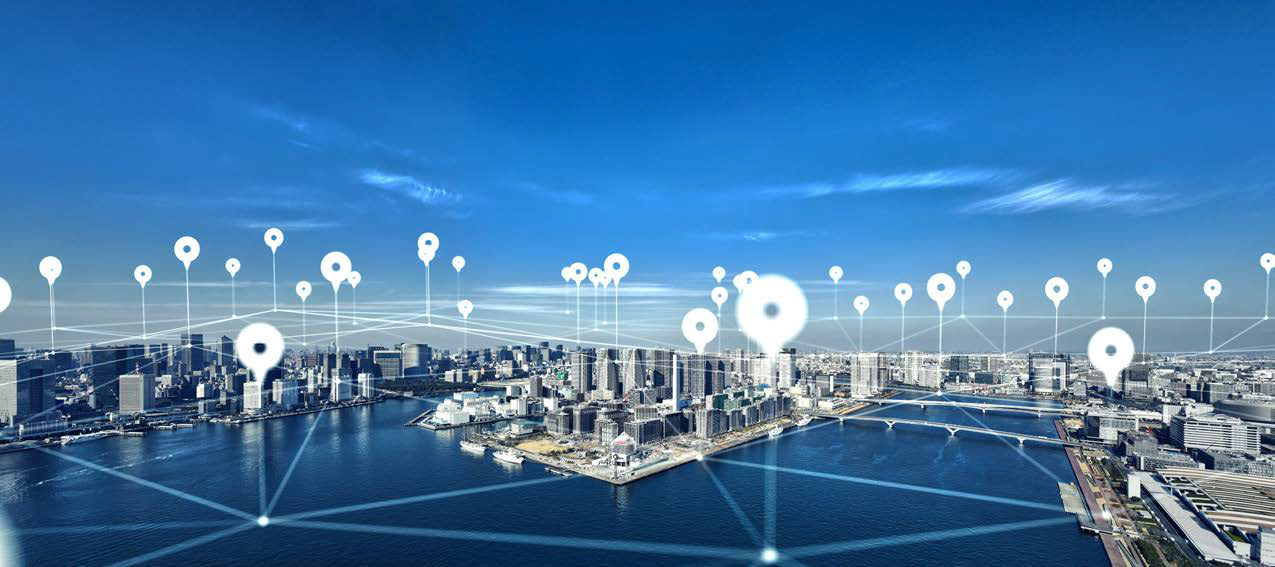
Telecommunications were some of the earliest uses for GPS timing data, Powers said, and today it helps to ensure that when you’re talking to someone hands-free on your cellphone in your car that the call doesn’t get dropped.
“The way that cellphones work is that there are cell towers with transmitters located at certain intervals, every few miles apart.” Powers said. “You’re actually transitioning from one cell to the next as you’re driving down the highway, but it’s invisible to you because the cellphones are precisely synchronized with GPS — not to the billionth of a second but to the millionth of a second level to the micro-second level. And that allows the call to switch seamlessly from one cell site to the next and you don’t even hear a pop when it switches.”
Earlier-generation cellphones didn’t report their positions when you dialed 911, but now, with Enhanced 911, emergency personnel can derive your position, even if you have GPS location services disabled on your phone, Powers said.
“As our networks got faster, the speed of transactions for things like the stock market and financial transactions got faster,” Powers said. “When you make a stock market transaction the accuracy of the time stamping for each transaction is important, potentially affecting the trade price by a small fraction of a dollar for each share traded. When multiplied by millions of shares, the potential variation is millions of dollars.”
Ever logged on to your computer and purchased an item from say, the United Kingdom? GPS data is the reason your purchase price is converted quickly and accurately from the British pound to the current rate of U.S. dollars at the time of purchase — and how the UK retailer knows you are purchasing it from the United States.
On a recent trip to Sweden, Powell discovered that Sweden is virtually a cashless society; one of his colleagues had exchanged his U.S. dollars for Swedish Krona “and he could not use any of his Krona while he was there. Every place we went, every restaurant, every museum only accepted credit cards and those transactions are instantly converted to the exchange rate using a precise timing application based on GPS.”
Want to set your wrist-watch or adjust all the household clocks for Daylight Savings Time? Decades ago, you might dial the “Time and Temperature” phone number to get the correct time — today, you can just compare it to the time on your cellphone — which contains a GPS receiver.
“Most humans can only set their watch to maybe a few seconds, maybe the nearest minute,” Powers said. “And then the watch has errors — they can wander over the course of days and weeks by seconds to minutes. So, if you really need good, solid synchronization to the one-second level then the GPS receive is a fairly efficient way of doing that.”
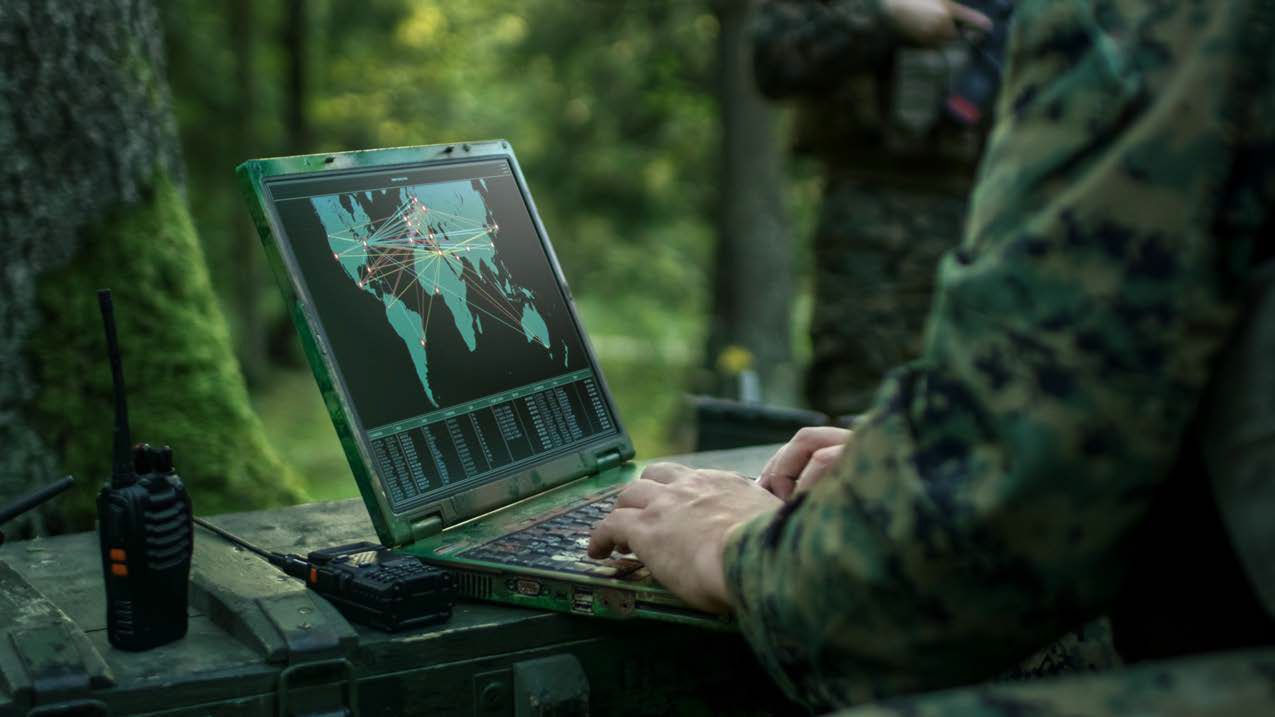
The power grid also relies on GPS, Powers said. “Devices called phaser measurement units help align the power grid. Keeping the power grid alignment synchronizes the generation of power, allowing for greater efficiencies and robustness.”
GPS also plays a role in detecting seismic activity and identifying the epicenter of an earthquake, Powers said. “(Scientists) can actually watch GPS receivers with an accuracy level enough that they can see the motion of the earth’s crust, they can see the precursors to earthquakes. When there’s a tsunami, there’s a big wave moving across the ocean and it actually lifts the column of air above it. That column of air goes all the way up into the ionosphere and disturbs it. The resulting ionospheric disturbance can be detected by networks of GPS receivers and used to indirectly track these waves as they move.”
What will the future hold? Most likely, even more applications for GPS.
“I would suspect that we’ll be celebrating the 75th anniversary of GPS, and probably the 100th,” Powers said. “GPS or space-based PNT will have changed in some ways; we’ll probably improve some things, added signal-authentication features, but by 2050 it’ll still look a lot like what we have today. The biggest change will be the use of additional sources of PNT and other Global Navigation Satellite Systems (GNSS) like the European Union’s Galileo system, or the Chinese Beidou system. GPS is such a critical system. People thought there were a lot of uses for it, but they couldn’t imagine what actually happened,” Powers said.
As humankind expands outward toward the moon and beyond, there is a lot of debate in the scientific community on how to handle cislunar timekeeping, Powers and Powell said. One option would be to place physical master clocks on the surface of the moon; another option would be to set up separate GPS-like satellites orbiting the moon.
“It depends on the use case, the level of accuracy needed,” Powers said. “If you’re flying between the moon and the earth, you probably don’t need one-foot accuracy, but you probably need one kilometer. When you want to dock two spacecraft, like when the Apollo lander needed to dock with the orbiting command module, you need very precise accuracy.”
Powell noted that if U.S. astronauts land near the moon’s South Pole to look for water, “there’s not a lot of light and the sun is low, and you’re in shadows all the time. Getting around won’t be as easy as it was for the Apollo astronauts who worked the whole time in broad daylight.”
Having a functional lunar PNT system would make landing and navigating the South Pole much easier — and more accurate — as well as provide precise timing for any scientific experiments. Terrestrial GPS signals can be received on the moon, but they are very weak, Powers said, adding, “It won’t work for Mars, but it would work for the moon, to some degree.”
Space Systems Command is the U.S. Space Force field command responsible for acquiring, developing, and delivering resilient capabilities to protect our nation’s strategic advantage in, from, and to space. SSC manages a $15 billion space acquisition budget for the Department of Defense and works in partnership with joint forces, industry, government agencies, academic and allied organizations to outpace emerging threats. Our actions today are making the world a better space for tomorrow.
Contact Space Systems Command at mailto:SSC%40spaceforce.mil
Follow Space Systems Command on LinkedIn.


